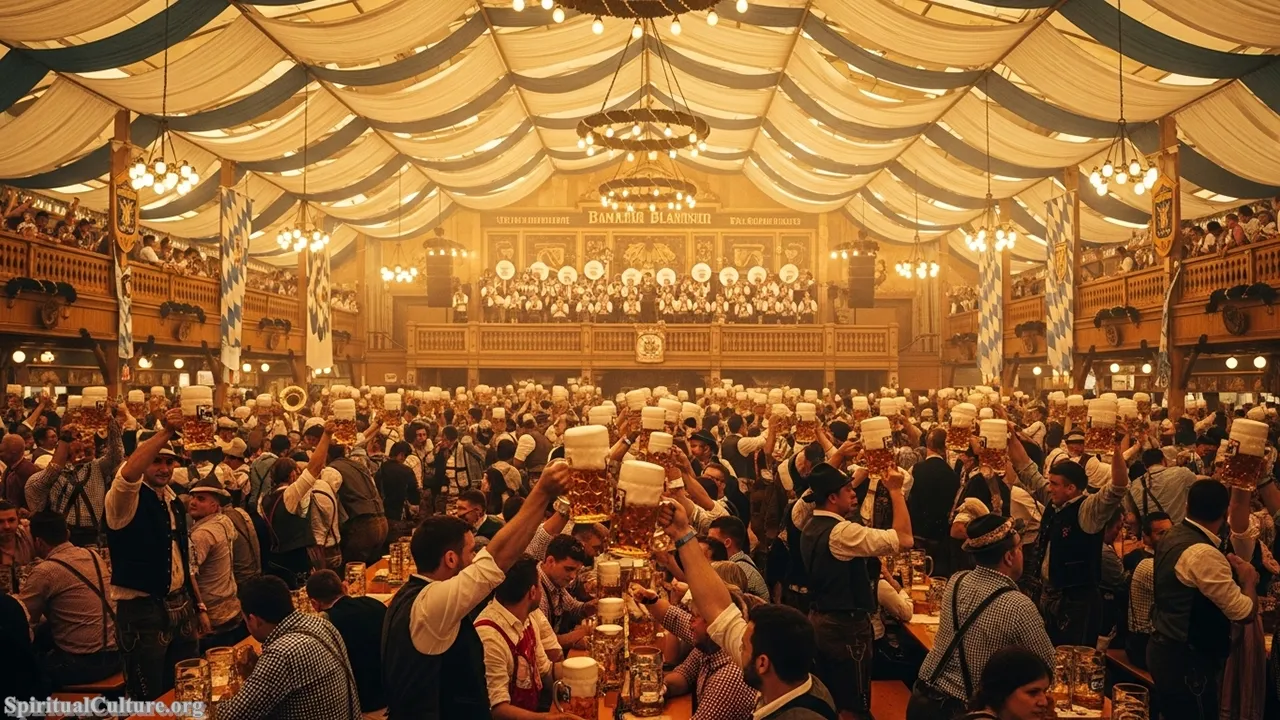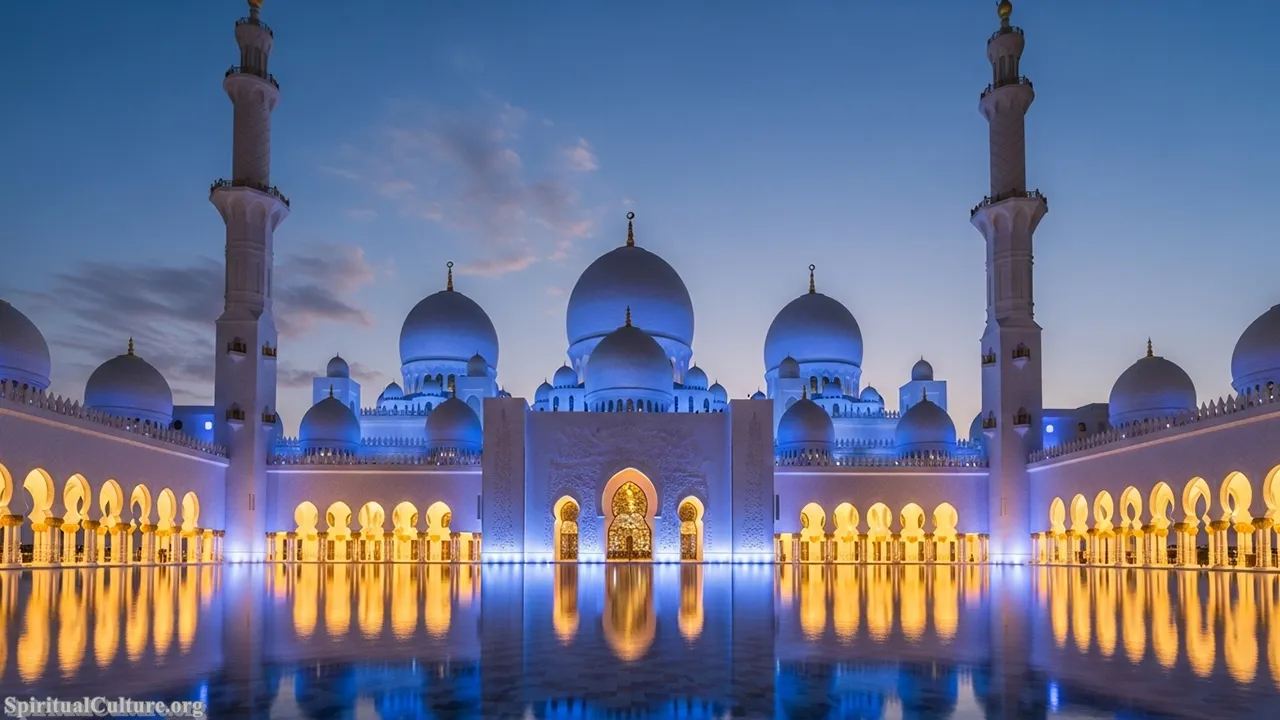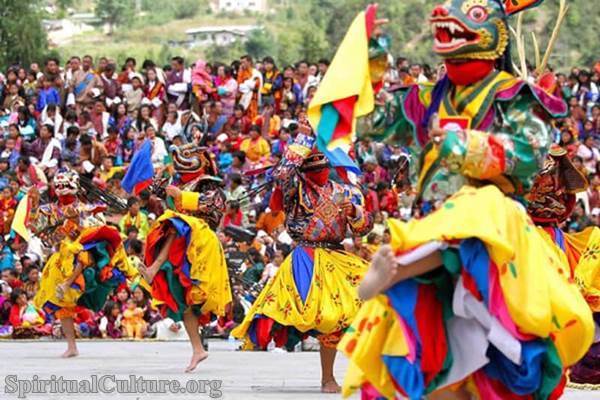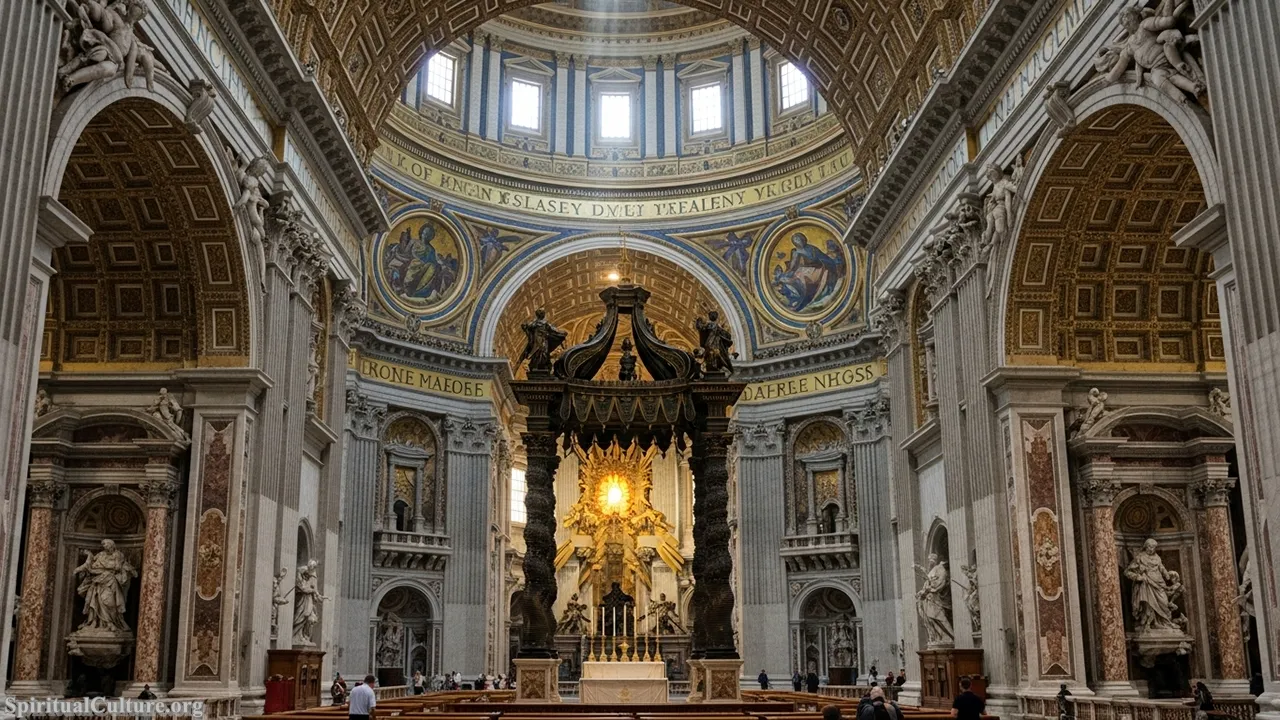Death is perhaps the one experience that unites all of humanity. No matter where we are born, how we live, or what we believe, we will all eventually face it — and so will those we love. In this article, Spiritual Culture invites you into an intimate exploration of death and mourning rituals around the world.
As we move through grief, rituals provide us with a bridge: a sacred space where pain can transform into remembrance, and separation can lead to spiritual connection. These practices are not just cultural performances; they are deeply spiritual acts that speak to our universal longing for meaning, continuity, and peace.
In the pages that follow, we will journey through different religious and cultural traditions — from the chanting temples of Tibet to the candle-lit cathedrals of Europe, from the incense-filled altars of Japan to the tearful wakes in Latin America. Together, we will see how humanity seeks to honor life, navigate loss, and glimpse what lies beyond the veil.
Honoring the Dead: Why Rituals Matter
Rituals surrounding death help us process one of life’s greatest mysteries. They give form to grief, offer comfort to the bereaved, and provide a communal framework for expressing love and respect.
Rituals as Spiritual Maps
Whether it is the recitation of psalms in a Christian funeral or the burning of joss paper in Chinese customs, these acts serve as spiritual maps. They help the living guide the soul of the deceased, ensure a safe passage, and maintain the bond beyond physical existence.
Psychological and Emotional Anchors
Modern psychology echoes ancient wisdom: rituals help us cope with loss. The predictability and symbolism of these ceremonies give shape to overwhelming emotions and allow communities to gather in shared sorrow and healing.
Christian Traditions: From Solemnity to Hope
Catholic Funeral Mass and Prayers for the Dead
In Catholicism, funerals are solemn yet hopeful. The Mass celebrates Christ’s victory over death and emphasizes the resurrection. As the priest proclaims, “Eternal rest grant unto them, O Lord, and let perpetual light shine upon them,” the community intercedes for the soul, expressing hope in eternal life.
The Vigil (Wake)
Before the Mass, the vigil or wake provides space for prayers, rosaries, and storytelling. It becomes a tender threshold where grief meets faith.
Protestant Practices
Protestant funerals often focus on celebrating the life of the departed and affirming salvation by faith. Hymns, personal tributes, and scripture readings such as “I am the resurrection and the life. The one who believes in me will live, even though they die” (John 11:25) offer comfort.
Orthodox Christian Farewells
In Eastern Orthodoxy, the funeral includes a special chant called the “Kontakion of the Departed”: “With the saints give rest, O Christ, to the soul of Thy servant, where sickness and sorrow are no more.” The entire community participates, emphasizing unity in the face of mortality.
Buddhism: Continuity and Compassion
Tibetan Sky Burial and the Journey of the Bardo
In Tibetan Buddhism, death is seen as a transition. The famous sky burial — offering the body to vultures — symbolizes impermanence and generosity. The Bardo Thodol (Tibetan Book of the Dead) is read to guide the consciousness through the intermediate state (bardo) toward liberation.
Theravada and Mahayana Ceremonies
Theravada Buddhist funerals focus on chanting and making merit for the deceased, while Mahayana traditions might include elaborate rituals to assist the soul’s favorable rebirth. The Buddhist teaching of anatta (non-self) frames death as a natural dissolution of the five aggregates, not the end of a permanent self.
Hinduism: Liberation and Cycle of Rebirth
Antyesti: The Final Sacrifice
The Hindu funeral rite, Antyesti, is literally the “last sacrifice.” The body is usually cremated, symbolizing the release of the soul (atman) from earthly attachments. The ashes are often scattered in sacred rivers like the Ganges.
Shraddha and Ongoing Offerings
After cremation, families perform shraddha ceremonies to nourish the ancestors in the afterlife and ensure their peace. This practice underscores the Hindu belief in an unbroken spiritual lineage.
Islam: Simplicity and Submission
Immediate Burial and Communal Prayers
In Islam, burial is ideally done as soon as possible, emphasizing simplicity and humility before God (Allah). The deceased is washed, shrouded in plain white cloth, and buried without a coffin if possible.
The Janazah Prayer
The communal Salat al-Janazah is performed, asking Allah to forgive the deceased and grant them mercy. Mourning is usually limited to three days, reflecting an encouragement to return to daily life with patience and faith.
Judaism: Mourning with Sacred Structure
The Shivah: Seven Days of Intense Grief
After burial, Jewish families observe shivah, a week-long period of mourning at home. Friends and relatives visit, offering meals and support, creating a cocoon of shared grief and remembrance.
Kaddish: The Mourner’s Prayer
Throughout the mourning period, the Kaddish prayer is recited: “Magnified and sanctified be His great name…”. It is not a prayer about death, but a sanctification of God, emphasizing the continuity of faith amidst loss.
Indigenous and Folk Traditions: Earth, Ancestors, and Spirits
Native American Traditions
Many Native American tribes believe in a cyclical view of life and death. Ceremonies often include singing, drumming, and sacred fires to guide the spirit home and honor ancestors.
Mexican Día de los Muertos
The Day of the Dead is a vivid, joyful remembrance where families create altars (ofrendas), decorate graves, and share food with the departed. It celebrates the thin veil between worlds and the ongoing presence of ancestors.
East Asian Practices: Honor and Continuity
Japanese Buddhist and Shinto Rites
In Japan, funerals often combine Buddhist and Shinto elements. The deceased is given a posthumous name (kaimyo), and memorial tablets are kept at home altars. Obon festival welcomes spirits back for reunion, emphasizing family continuity.
Chinese Ancestral Veneration
Burning joss paper, offering food, and maintaining ancestral tablets reflect the deep Chinese value of filial piety. Death is not an end but a transformation in the web of family relationships.
Secular and Modern Approaches
Personalization and Celebration of Life
In many contemporary contexts, funerals increasingly celebrate individual stories rather than strictly religious frameworks. Music, video tributes, and unique rituals reflect the personality and passions of the deceased.
Green Burials and Eco-Conscious Rituals
A rising trend is green burials — returning the body to the earth naturally without embalming or heavy coffins, emphasizing ecological harmony even in death.
Universal Themes: What We All Seek
Across all these diverse traditions, we see shared yearnings:
- Connection: We long to remain connected to those who have gone before us.
- Meaning: We search for understanding and peace in the face of mortality.
- Continuity: We want to believe that love and consciousness do not end abruptly.
As the Bhagavad Gita reminds us, “For the soul, there is neither birth nor death… He is unborn, eternal, ever-existing and primeval; he is not slain when the body is slain.” (2:20). And as the Apostle Paul writes, “Death has been swallowed up in victory.” (1 Corinthians 15:54).
Reflect and Reimagine
In this exploration of death and mourning rituals across religions and cultures, we uncover a common heartbeat: a reverence for life, a reverence for mystery, and a reverence for love that transcends the grave.
We invite you to reflect on your own relationship with death and loss. How do you honor those you have loved and lost? What rituals or simple acts bring you comfort and meaning?
Perhaps in learning from these diverse traditions, we find not only ways to grieve but also new ways to live — with greater tenderness, gratitude, and courage.
Wherever you are on your journey, may you discover that in every farewell, there is a silent promise of reunion — in memory, in spirit, and in the quiet spaces of the heart.




